

Thyme is both a cute little perennial and a fabulous herb.
Top Thyme facts
Name – Thymus
Family – Lamiaceae
Type – condiment
Height – 8 to 16 inches (20 to 40 cm)
Exposure – full sun
Soil – light, well-drained
Foliage: evergreen – Flowering: spring – Harvest: all year
Pruning and caring for it help ensure that your thyme grows well.
It is possible to sow thyme from seeds, and to plant it from young plants purchased in nursery pots. Since it is resilient to drought and resists heat, it is very easy to grow.
To prepare seedlings, you must sow in a nursery in spring.
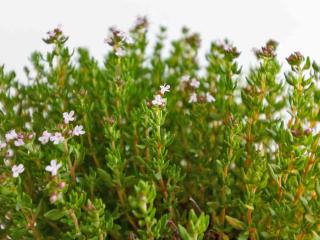 First of all, sow your thyme seeds with special seedling soil mix.
First of all, sow your thyme seeds with special seedling soil mix.Once the young plants are well developed, or if you’ve purchased young plants directly in nursery pots, transplant them ideally in spring, preferably in light and well-draining soil.
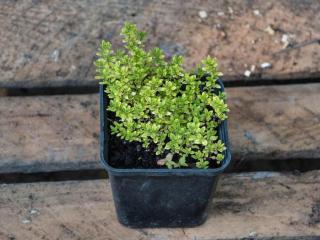 Most important to remember is that thyme needs sun to develop well.
Most important to remember is that thyme needs sun to develop well.Thyme is an excellent herb for growing in pots. The most important thing to remember is that this is a “dry land” plant.
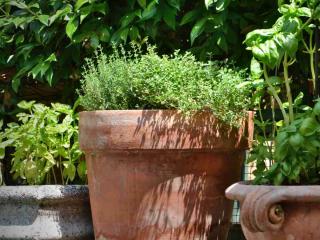
If you do need a saucer to protect furniture underneath, then uplift the pot up with more gravel or clay pebbles between pot and saucer.
Thyme can be propagated through crown division at the beginning of spring. This technique helps boost thyme production, and it also serves to regenerate old bunches.
Thyme is a plant that is easy to grow and care for.
You can cut stems off your thyme whenever you need some all year round.
It is best to cut stems from recent growth to stimulate appearance of new shoots.
It is best to select the younger stems and collect them in the morning before dawn, which is when flavors are most concentrated.
Help your slow-growing thyme by weeding around it to stifle out competition.
To maintain its dense, compact shape, wait for the end of the blooming season to prune it delicately.
However, if you are growing thyme in order to harvest it, it is best to prune it before flowering.
Very resistant to virtually all diseases, thyme’s main enemy is a type of fungus that makes it rot.
Thyme is generally an excellent companion plant in the vegetable patch, where it tends to fend off fungus and insects. For instance, it repels “large white“, the butterfly responsible for devastating cabbage harvests.
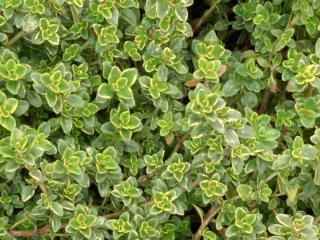
Certain varieties are favored for their gold, mottled or silver colored leaves.
During hikes around the Mediterranean, you’ll often come across wild thyme, a delicious cousin of our cultivated thyme.
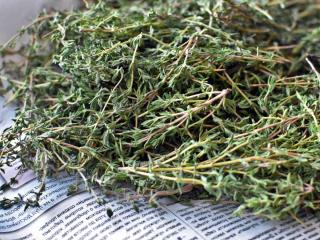
Its flowers are always a welcome decoration in summer dishes and salads.
There are two ways to keep it. It’s possible to either dry the leaves or store them in a freezer.
In the first case, place collected stems in a dry and ventilated place until they are completely dry. After that, they can be ground and kept in a jar for several months.
Freezing has the advantage of preserving their flavor, and thyme can keep this way for several months.
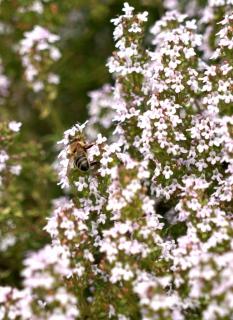
It is often used in infusions for its digestion-supporting properties, and also in cooking to flavor sauces and soups.
It is a rather hardy plant that resists temperatures below freezing and diseases very well.
Thyme, with scientific name Thymus officinalis, has certain beneficial medicinal properties, for example it eases digestion and relaxes the body.
No need to water, thyme will be perfectly happy with poor and dry soil. It grows naturally in desolate arid places.